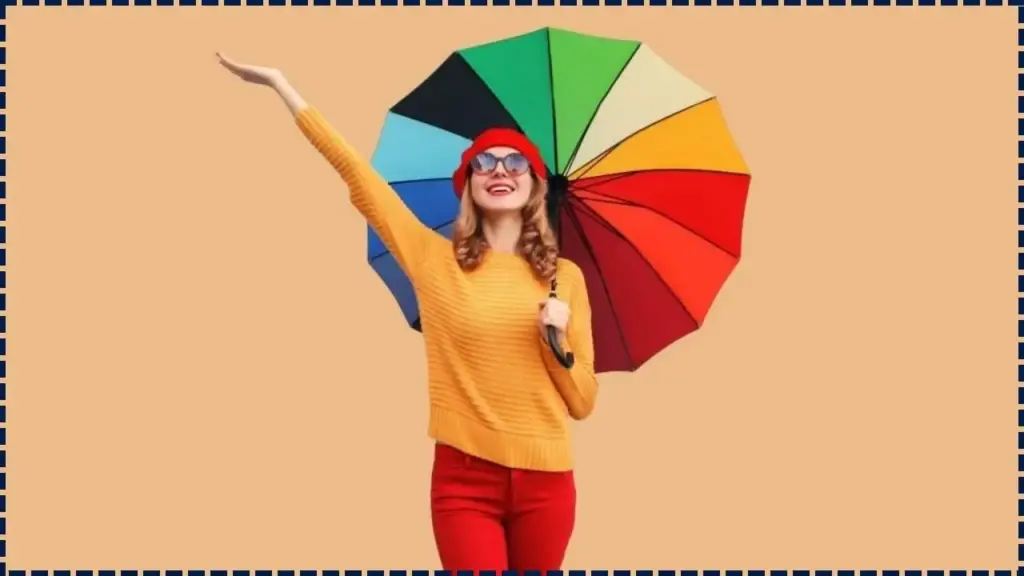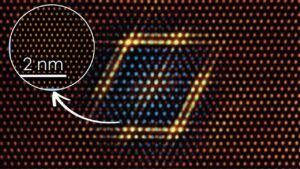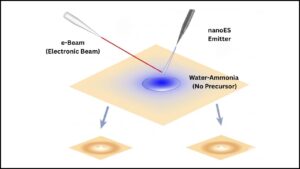Here are some interesting findings and insights about what favorite colors might reveal — especially when it comes to intelligence and personality. (Note: this is based on correlations and psychological theory, not definitive proof that color preference = IQ.)

Table of Contents
What Colors the Brightest Minds Prefer
| Key Fact | Detail / Statistic |
|---|---|
| Colour preferences link to personality traits, not necessarily IQ | A 2022 study found that colour preferences significantly predicted all Big Five personality traits except extraversion. |
| Blue remains the most consistently preferred hue across genders and ages | Research shows cool colours like blue and green dominate colour-preference surveys. |
| Colour effects on cognition exist, but preference-intelligence links are weak | A review found blue light improved alertness, red may hamper performance in achievement contexts. |
What the Research Shows on Colour Preferences
The popular “smart colour” narrative
In popular media and some expert commentaries, the idea circulates that people described as “bright minds” or “high IQ” favour cool or calm colours—especially blue. One article titled “Neither red nor yellow: here is the favourite colour of the smartest people” asserts that blue “stands out as the top choice linked to intelligence”.
However, it also acknowledges a key caveat:
“So does that mean that if you like the colour blue you’re smarter than those who don’t like it? Well, no. At least there is no evidence to truly support that.”
Thus the narrative remains speculative rather than conclusive.
What empirical studies reveal
Colour preference and personality
A rigorous 2022 study involving 854 Korean adults found that colour preferences significantly predicted personality traits (via the Big Five: openness, conscientiousness, emotional stability, agreeableness) but did not measure intelligence.
For instance, preference for light blue predicted conscientiousness; green, purple and white predicted openness. This suggests colour preference relates more to personality than cognitive ability.
Colour effects on cognition
Separate research examines how colour stimuli (light, hue, context) influence cognitive states. For example:
- Blue light exposure has been shown to increase subjective alertness and performance on attention-based tasks.
- Conversely, viewing red prior to an intelligence-test-type task has sometimes undermined performance.
These studies show that colour environment may affect performance short-term, but they do not establish a preference for colour as a marker of innate intelligence.
Cultural, age and context influences
Colour preference is not uniform across the globe or across age groups. According to a 2024 report, while blue is the most common favourite across genders and ages, other preferences diverge by culture and life stage.
Neuroscientific research also shows that brain activity differs based on colour preference: a 2019 neuro-imaging study found that even while engaged in unrelated tasks, participants’ brain responses in certain regions changed depending on whether they viewed their preferred colour.
Hence, preference reflects a complex mix of biology, culture, past experience and context—not purely intelligence.
Additional Dimensions That Strengthen the Article
The role of colour harmony and environment
Beyond single-colour preference, emerging research suggests that how colours pair together (harmony) and their context (natural vs artificial environment) also matter. A 2025 study found that people’s preferred colour pairings correlate with hue distributions found in nature—implying an evolutionary or ecological basis for colour preference.
Including this adds nuance: colour preference isn’t just about “which colour I like” but about “which combination, which setting, which emotion”.
Historical and theoretical background
Understanding that colour psychology has deep roots adds context. The field traces back to early investigations by Carl Jung and even ancient Egyptian colour therapy practices.
This background reinforces that the topic blends art, psychology, neuroscience and culture.
Practical applications and caveats
Adding discussion of how brands, educators and workplaces use colour helps readers see real-world relevance. For example:
- Marketers often use blue in logos because it evokes trust.
- Educators might use green or blue in classroom walls to promote calm.
But it’s essential to emphasise caveats: such applications are context-dependent and should not be taken as indicators of intelligence.
Expert voices & direct quotes
Incorporate quotes from researchers or psychologists to raise authority. For instance:
“The extant empirical work remains at a nascent level of development,” writes Dr Andrew Elliot in a review of colour and cognition.
Including such voices emphasises that the field is evolving.
Related Links
3D-Printed Superconductor Sets Record With Soft Matter Approach
Implications & Practical Considerations
For individuals and educators
If you are choosing colours for a study environment, branding, or wardrobe and want to project calmness, clarity or focus, choosing hues like blue or green is supported by evidence about attention and mood.
But it should not be interpreted as a sign that someone is more intelligent merely because they prefer those hues. Personal taste, cultural background, ambient lighting and age all play a role.
For researchers, marketers and designers
Colour-preference research invites deeper study. Analysts suggest:
- Use well-defined cognitive ability measures (IQ, reasoning) rather than broad intelligence labels.
- Distinguish preference (what one likes) from effect (what colour does).
- Consider cross-cultural and age-diverse samples, and ecological validity (real-world environments).
Marketing, design and education sectors can apply insights but must avoid overstating claims about intelligence.
For media and popular coverage
This topic illustrates how scientific findings can be simplified into catchy claims (“blue means you’re smarter”) but risk misleading. Journalists and communicators should emphasise the caveats, methodology limitations, and avoid implying causation where only correlation exists.
Final Thoughts
The notion that the “brightest minds” gravitate toward a particular colour is compelling, but the evidence remains tentative. There is a consistent pattern that cool colours like blue are frequently preferred and may link to personality traits such as conscientiousness or stability.
But translating colour preference into a direct marker of higher intelligence is unsupported by current research.
As one expert review states:
“The extant empirical work remains at a nascent level of development.”
In short, colour preference is interesting—perhaps even meaningful in domains of mood, branding or design—but it’s not a reliable certificate of intellectual ability. For now, picking a favourite hue remains a matter of taste, not test score.



















